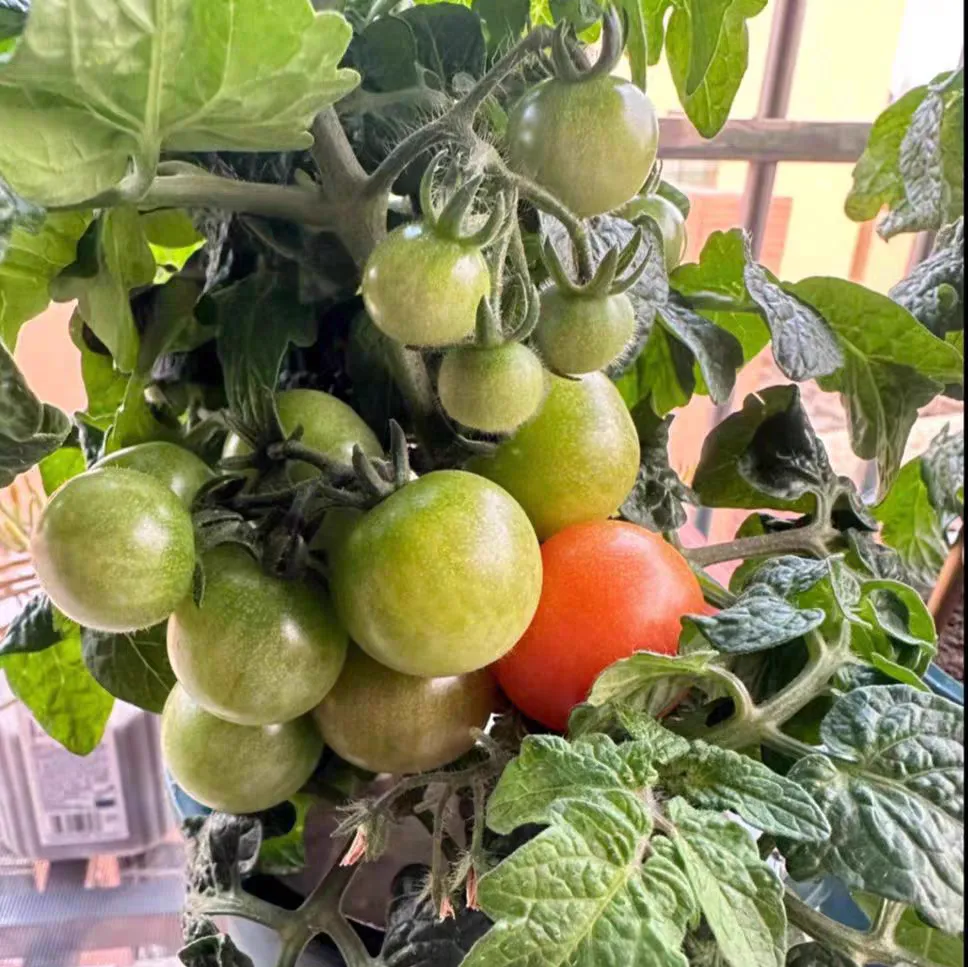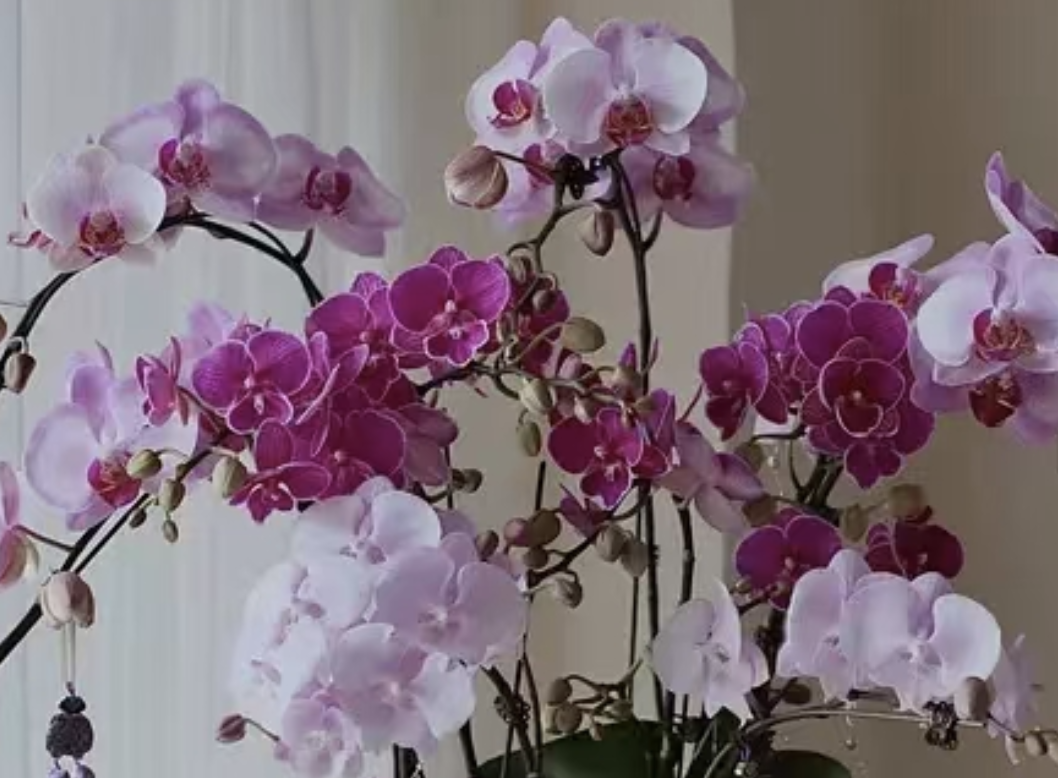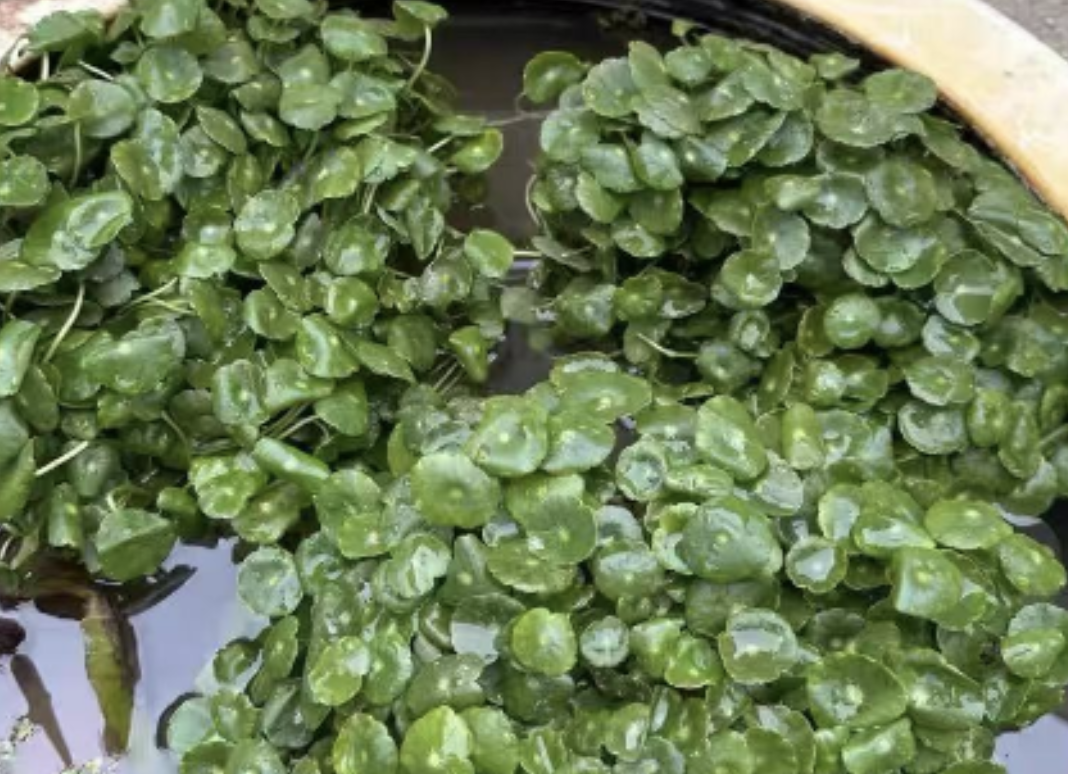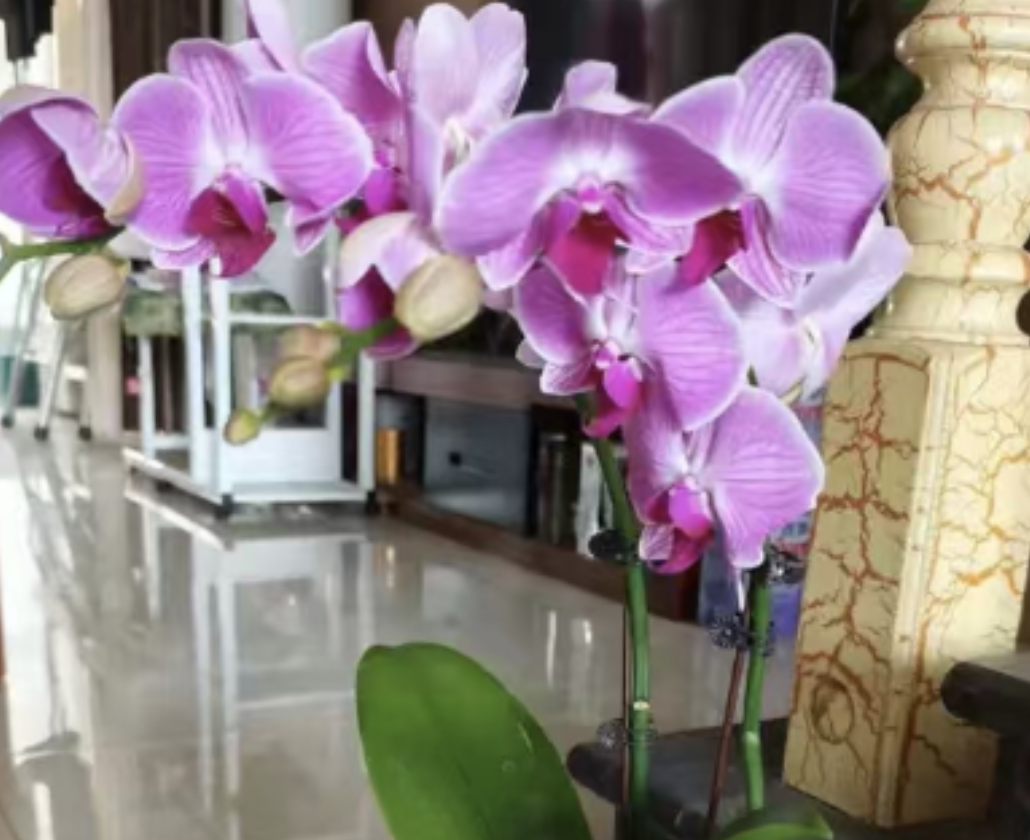Cherry tomatoes are truly the "favorite" of balcony gardeners and novice vegetable growers—they are attractive, bear fruit quickly, and when picked, they can be eaten directly, with a sweet and sour juiciness that is incredibly satisfying! However, many people encounter issues: the leaves grow vigorously but there’s no fruit;好不容易 some fruit sets, but it grows smaller and smaller, eventually shriveling up... In fact, it’s mostly due to stepping into maintenance misunderstandings!
### 1. Excessive application of nitrogen fertilizer
Novices always think "more fertilizer means better growth". As a result, when too much nitrogen fertilizer (such as urea, high-nitrogen compound fertilizer) is applied, the leaves grow rapidly, the stems become as thin as noodles, and although the plant looks lush and healthy, the nutrients are actually all "snatched" by the leaves. Flower buds can’t even grow, let alone bear fruit.
**Solution**: Apply less nitrogen fertilizer during the seedling stage. After flowering, switch to phosphorus and potassium fertilizers (such as monopotassium phosphate) to promote flowering and fruiting.
### 2. Insufficient light
Cherry tomatoes love sunlight and must get 6-8 hours of sun every day! If the balcony has poor light (such as a north-facing balcony), the plants will grow thin, the leaves will turn yellow, and even if they barely flower, the flowers and fruits will fall off due to "insufficient energy".
**Solution**: Place them on a south-facing balcony/windowsill. If the light is really insufficient, use a supplementary light, placed about 30cm away from the plants, for 4-6 hours a day.
### 3. Neglecting artificial pollination
Although cherry tomatoes are self-pollinating, they rely on wind or insects to help transfer pollen. A closed balcony is windless, and bees and butterflies can’t get in, so pollen can’t land on the stigma. Once the flowers bloom, they fall off, and naturally, no fruit is produced.
**Solution**: When the flowers are in bloom, every morning, gently sweep the stamens with a cotton swab or gently shake the branches to help the pollen "move". Successfully pollinated flowers will gradually swell~
### 4. Random watering
Watering is a skill: if too little water is applied, the roots can’t absorb water, and the fruits will shrivel and fall off due to water shortage; if too much water is applied, the soil becomes stuffy and airless, the roots rot, nutrients can’t be delivered, and the fruits will still fall off.
**Solution**: Check the surface of the potting soil—water only when the top 2-3cm is dry, and water thoroughly at one time (until water leaks from the bottom of the pot). Timely pour out any accumulated water in the tray.
### 5. Single nutrient supply
During the fruiting period, nitrogen fertilizer alone is far from enough: a lack of potassium slows down fruit enlargement and results in poor taste; a lack of calcium causes the top of the fruit to rot (blossom-end rot), making it inedible at all.
**Solution**: Apply potassium fertilizer (such as wood ash, potassium fertilizer solution) once every 10 days after fruiting, and spray diluted calcium fertilizer once a week to ensure the fruits are large and healthy.
Reasons why small tomatoes grown on the balcony do not bear fruit in summer

Share with
Tagged in :




Leave a Reply